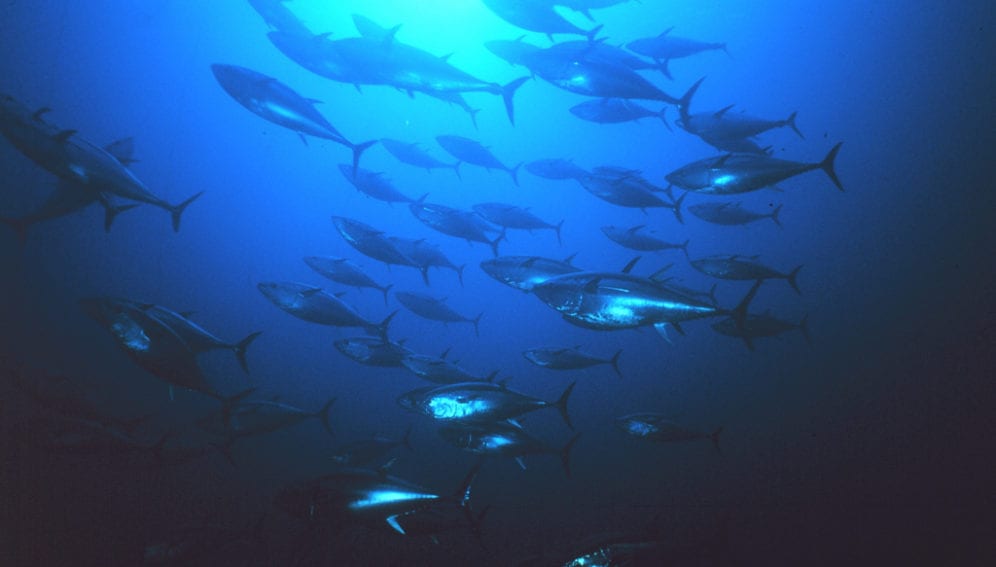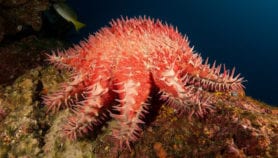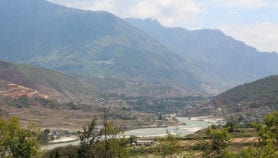By: Prime Sarmiento
Send to a friend
The details you provide on this page will not be used to send unsolicited email, and will not be sold to a 3rd party. See privacy policy.
[MANILA] Scientists in China are looking to collaborate with their counterparts in South-East Asia and other countries in launching a major ocean research project to study the link between the currents of the western Pacific Ocean and global climate.
International cooperation is important in implementing the Western Pacific Ocean System (WPOS) project, according to Sun Song, director of the Chinese Academy of Science’s Institute of Oceanology in Qingdao, China, which has been doing comprehensive oceanographic surveys since 1957.
First reported in Nature (18 February), China begun deploying the first of its research ships last April 8. The five-year WPOS project will deploy a total of five ships, a remotely operated submersible and six arrays of 29 subsurface moorings off the eastern coasts of the Philippines and Indonesia. It is China’s largest investment and biggest project on ocean research, with US$165 million in funding and around 1,000 people expected to participate.
“We want to understand the ocean more and how it affects regional climate and the monsoon season,” Sun says in an email interview with SciDev.Net.
Sun says his group is discussing possible research cooperation with Indonesia and Malaysia as well as Germany, New Zealand, Russia and the United States. The collaboration will involve technology and knowledge exchange that will further exploration into the deep sea, he says.
One of the main objectives of the WPOS, Sun says, is to understand the impact of the Indo-Pacific Warm Pool on East Asia’s climate system by tracking the movement, temperature and salinity of various currents circulating through the pool.
Stretching from the equator south of India through the waters off Malaysia, Indonesia and Papua New Guinea, the Indo-Pacific Warm Pool is warmer than any other open ocean on Earth. It is hot enough to push heat and moisture high into the atmosphere and may be linked to the intensity of El Niño.
Scientists have learned that the warm pool’s average annual temperatures and dimensions have increased and then decreased in the past 20 years, but they cannot still determine the effects and origins of these oscillating waters.
Wenju Cai, marine and atmospheric science researcher at the Commonwealth Scientific and Industrial Research Organisation in Australia, says there is no conclusive study yet that the Indo-Pacific Warm Pool affects the monsoon season. He hopes the WPOS will provide “an unprecedented, synchronized, three-dimensional view of the part of ocean that we know is important to our climate”.
Cai notes that scientists like him who study global climate systems expect the WPOS will explain how the warm pool impacts the monsoon season in the region as well as the global climate in light of climate change.
Sun adds that the WPOS will also study the evolution of East Asia’s coastal ecosystems and how these are being affected by the adjacent oceans.
The project also seeks to promote the development of deep-sea research and detection equipment; provide scientific data that will help in strategic resource development, integrated ocean management, disaster prevention and mitigation; and promote China’s current research on marine biodiversity and the country’s marine science and technology sector.
This article has been produced by SciDev.Net's South-East Asia & Pacific desk.














